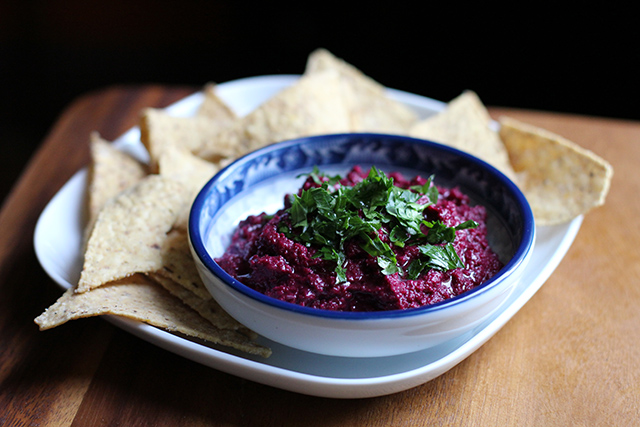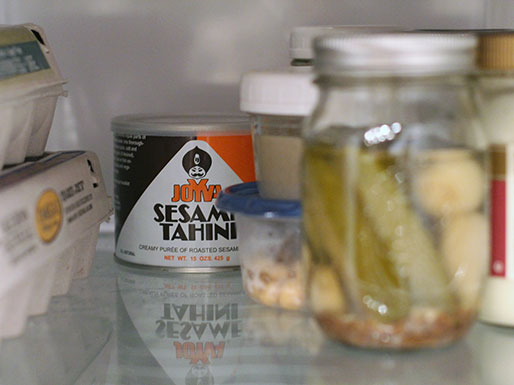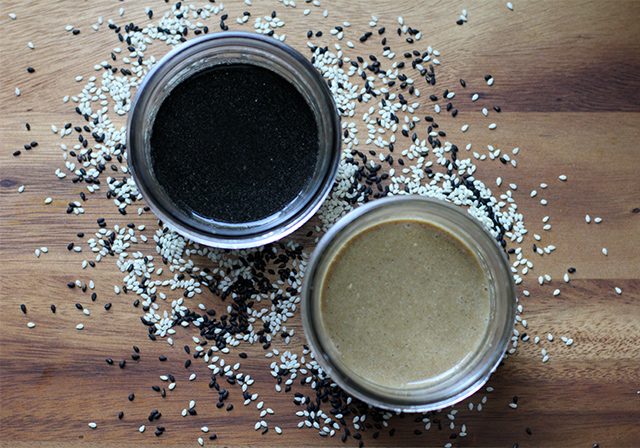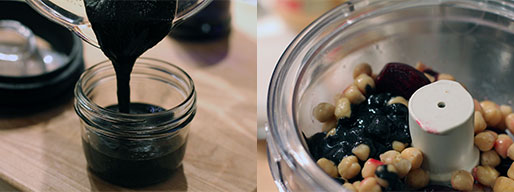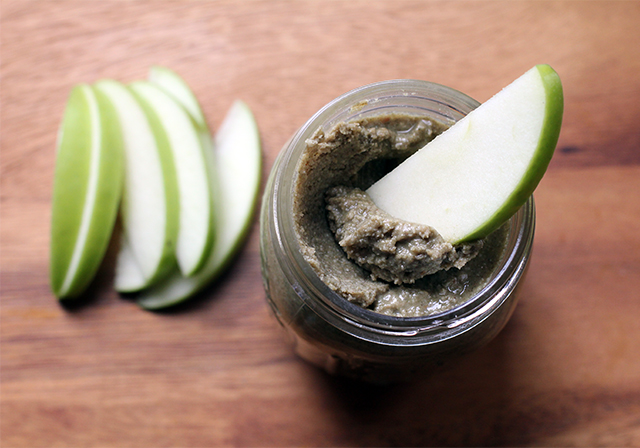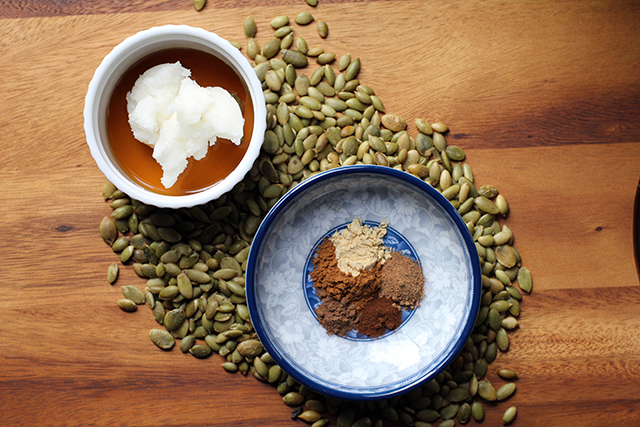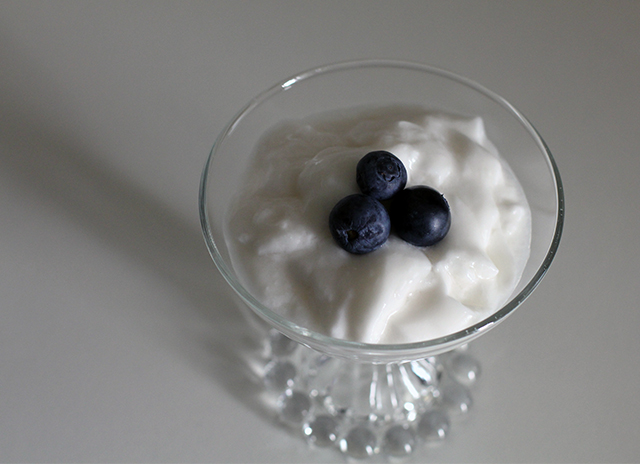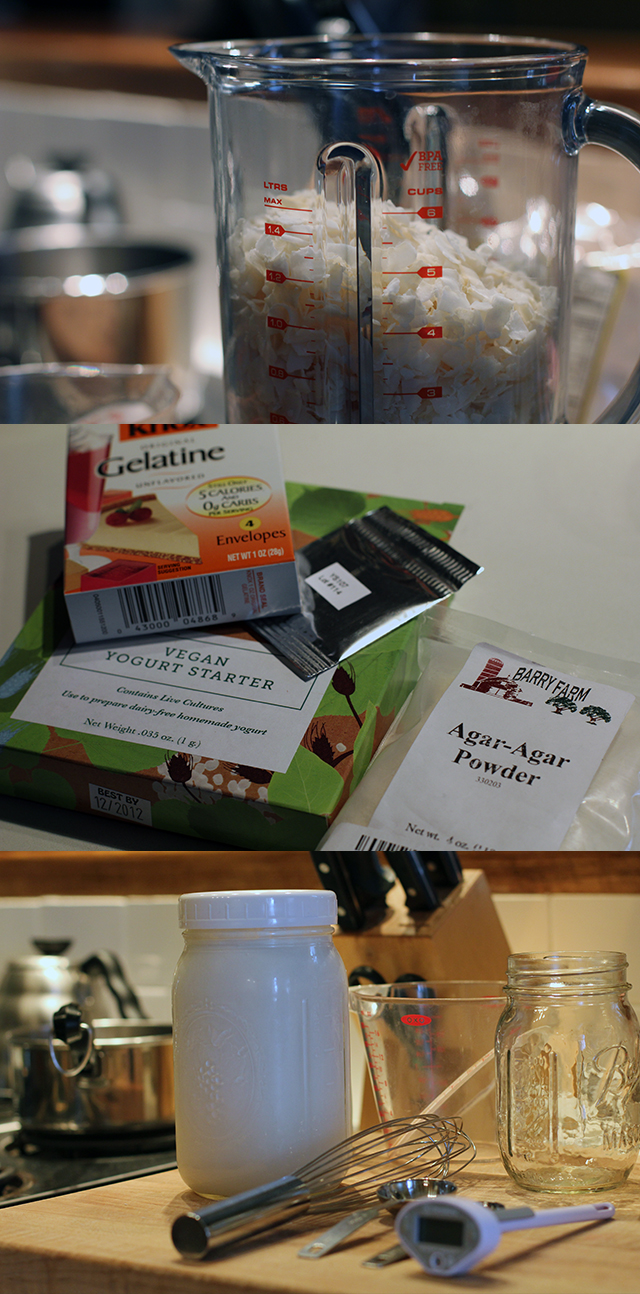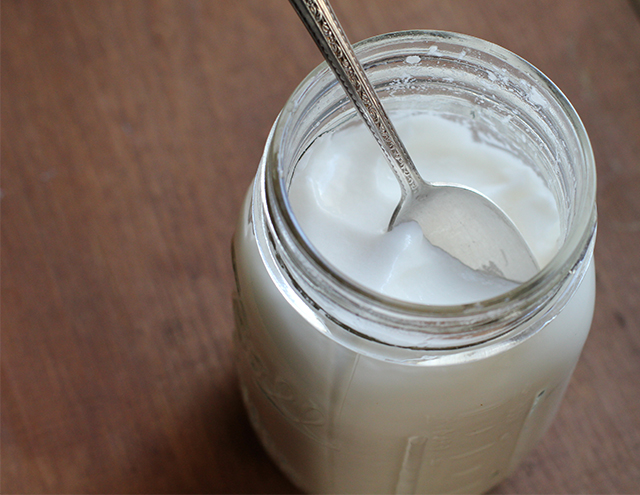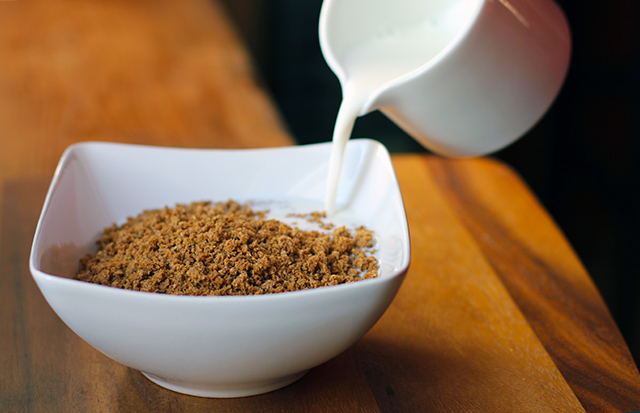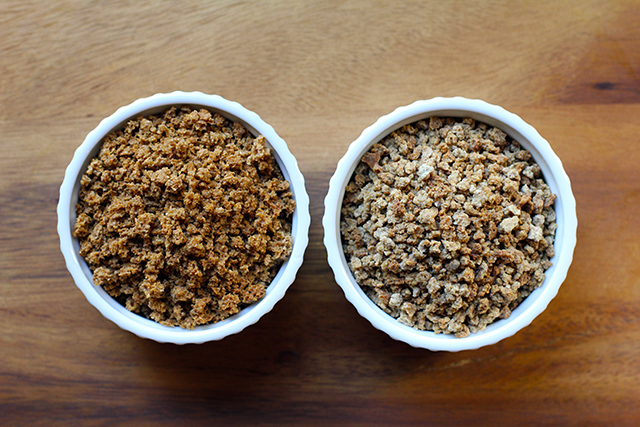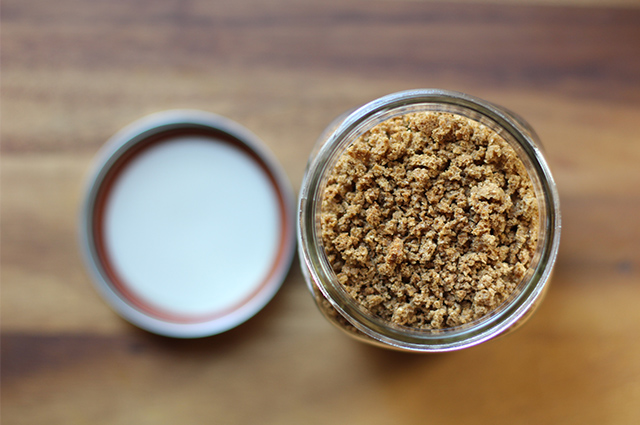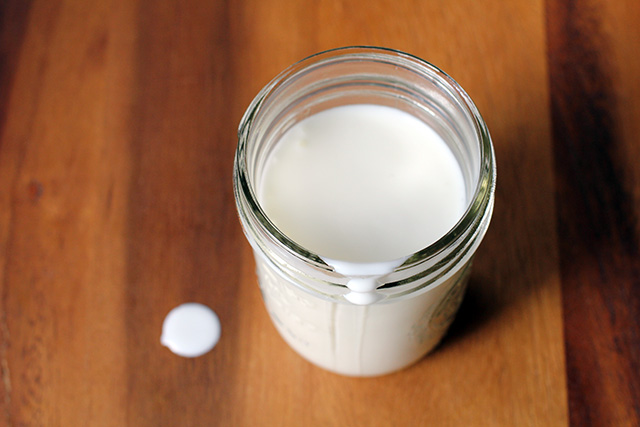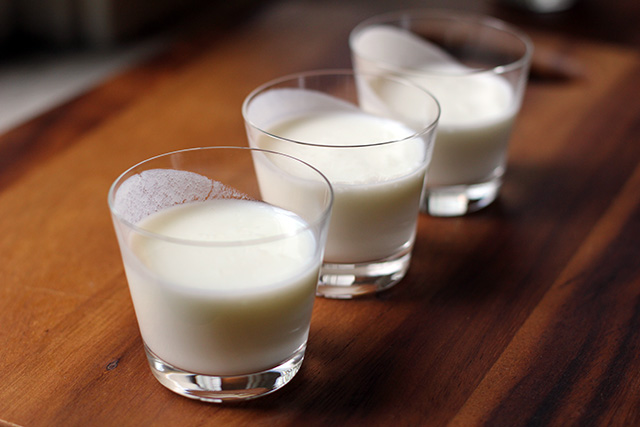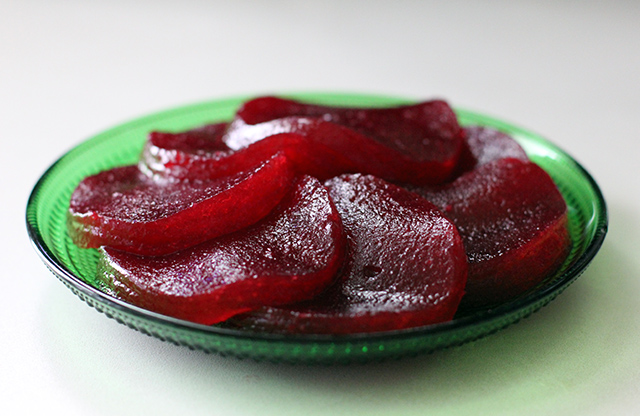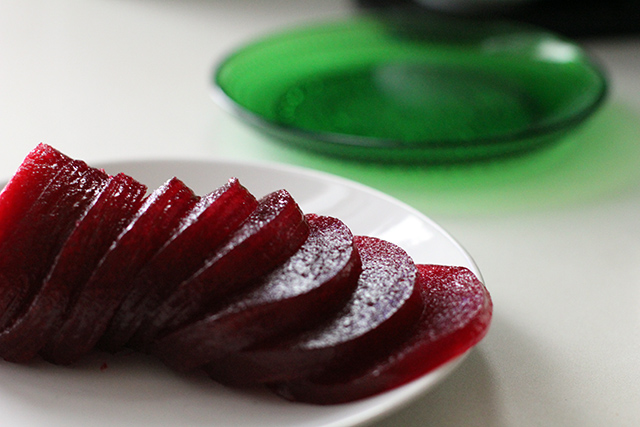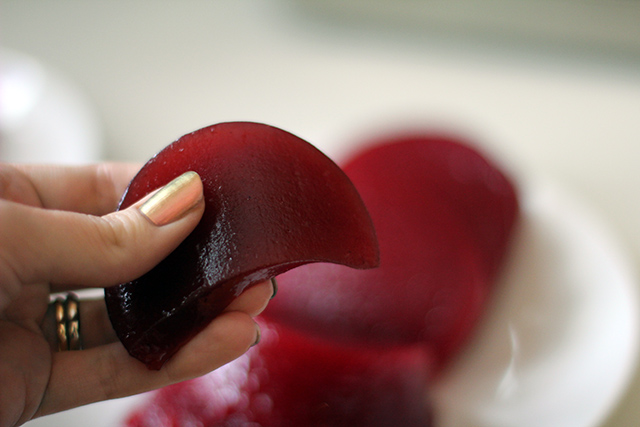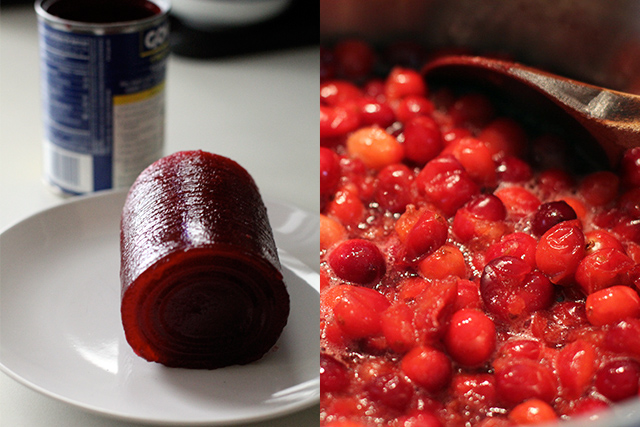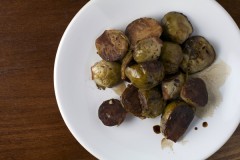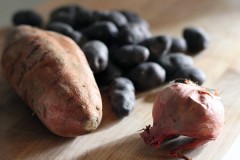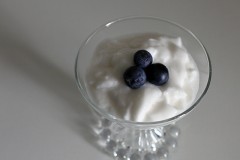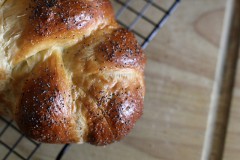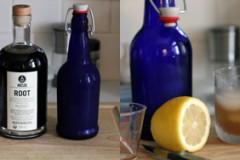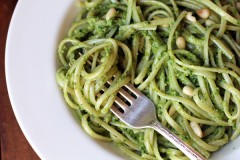There are few constants in my kitchen, but one of them might be the high probability that there is a semi-full can of tahini hiding out at the back of the fridge on any given evening. Its precise origin and month of purchase are murky. I’m sure I thought about inking the date on the lid when I first open it, but I didn’t.
For anyone nodding along with me here, I have a new philosophy: I will henceforth buy sesame seeds and make my own tahini as needed, a 1/2 cup at a time. True, DIY versions of the purée may not be quite as smooth as the commercial variety. However, I found that a cup of seeds and a couple tablespoons of oil given a two-minute run in my blender came way too close to argue over. And if you were thinking about arguing, let’s talk again after you’ve tried to stir the separated oil back into the that neglected-for-weeks tahini in your fridge.
To make things a little more exotic, when I spotted some black sesame seeds at the grocery recently, I wondered: Was black tahini a thing? Yes! And not only that, I found it to blend smooth with half the amount of oil needed to convert white sesame seeds, plus the flavor was less bitter. I got a sweeter, nuttier paste. Plus, the color is just amazing (or terrifying, I suppose, depending on your tastes).
With such black gold at my finger tips, I decided to add it to a hummus that could stand up to it, pigment-wise. The Hungarian in my soul cried out for beets, though even if you are not normally a fan of this superfood, you may yet enjoy this dip. The color alone is sure to turn a few heads at your next gathering.
I decided to use my blender to process the tahini rather than my food processor, as the bowl is narrower and there are more blades on the job. Unlike my food processor, it is much harder for the seeds to cling to the sides away from the cutting action. However, my hopes to make even smaller batches in the blender and process the hummus in the same container right on top were, sadly, a fail. A cup of sesame seeds made a beautiful 1/2 cup of black tahini in minutes; a 1/4 cup of seeds just made a splattered unprocessed mess. Your appliances may serve you better.
The Method: DIY Black Tahini
1 cup black sesame seeds, toasted just until fragrant (since they are black, take care not to burn them)
2 tablespoons olive oil, plus addition as needed
Place toasted sesame seeds and olive oil in a blender. Purée one minute, scrape down sides, and purée an additional minute, adding more olive oil as needed. Continue blending until smooth and pourable. Transfer to a jar with a tight-fitting lid and store, covered, in the refrigerator.
NB: The process is identical if using white sesame seeds, though I found that I needed twice the amount of oil. Using untoasted white seeds, however, produced a bitter tahini that I could not recommend.
The Verdict
Like many condiment projects, the major benefits of DIY-ing your own relate to freshness and control over ingredients. Once again, there is also a cost/time consideration. Even without making a bulk purchase, I paid $3.99 for 8 ounces of black sesame seeds which (using the method above) results in about a cup of tahini. Commercial versions of the same volume retail for anywhere from $5.29 to $12.59. Personally, the chance to step back to just a jar of sesame seeds in the pantry that can be used both to whip up small batches of tahini and in other projects as well makes this the way to go.
Place all ingredients in a food processor and run until smooth, adding additional oil as needed to achieve desired consistency. Garnish with an additional drizzle of olive oil and chopped parsley.
https://wonderlandkitchen.com/2013/02/diy-black-tahini-and-beet-hummus/
4 medium beets (about 8 ounces), roasted, peeled, and cubed
1 (15-ounce) can chickpeas, drained and rinsed
1 teaspoon cumin seed, toasted and ground
2 tablespoons black tahini (or substitute regular tahini)
3 tablespoons lemon juice
1 tablespoon balsamic vinegar
1 clove garlic
1/2 teaspoon kosher salt, or to taste
4 tablespoons olive oil, plus additional as needed
parsley for garnish
Place all ingredients in a food processor and run until smooth, adding additional oil as needed to achieve desired consistency. Garnish with an additional drizzle of olive oil and chopped parsley.
This recipe and post were created for my “DIY vs. Buy” column on Serious Eats.

